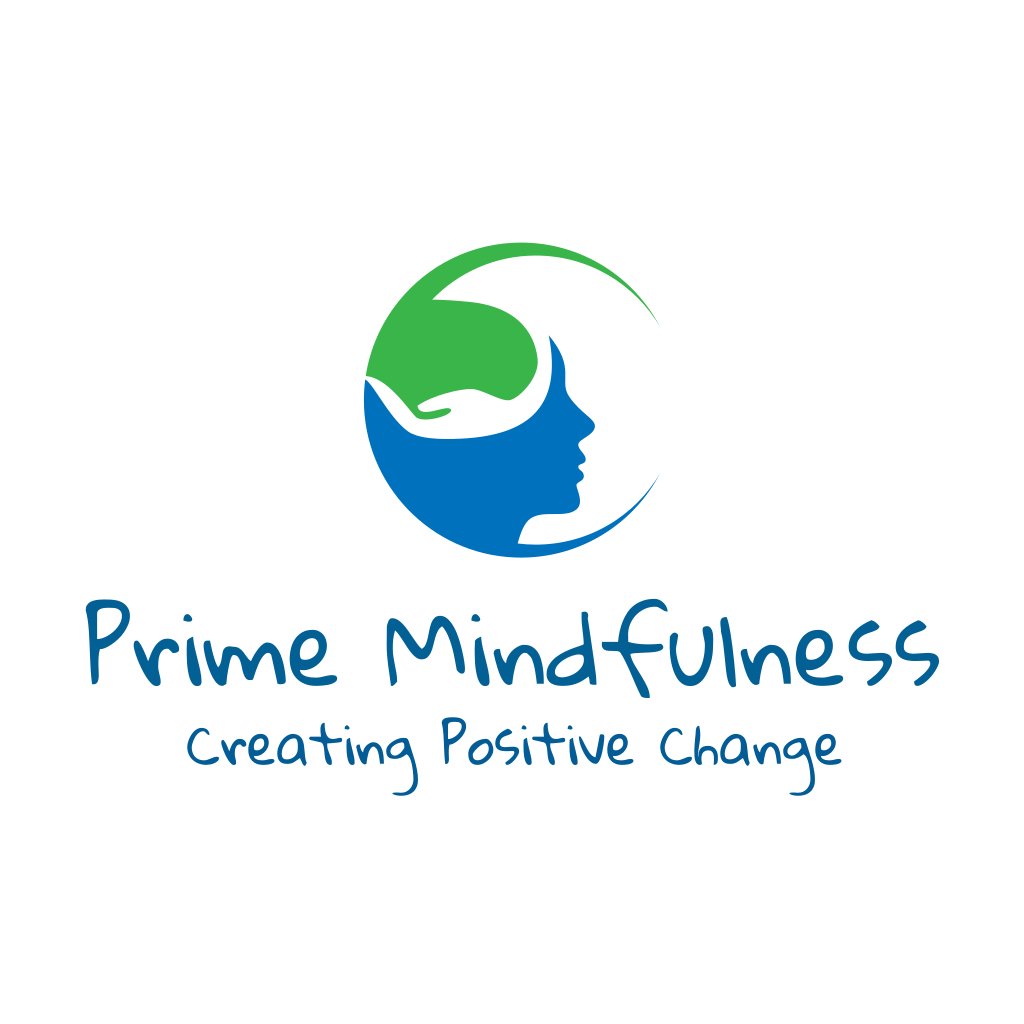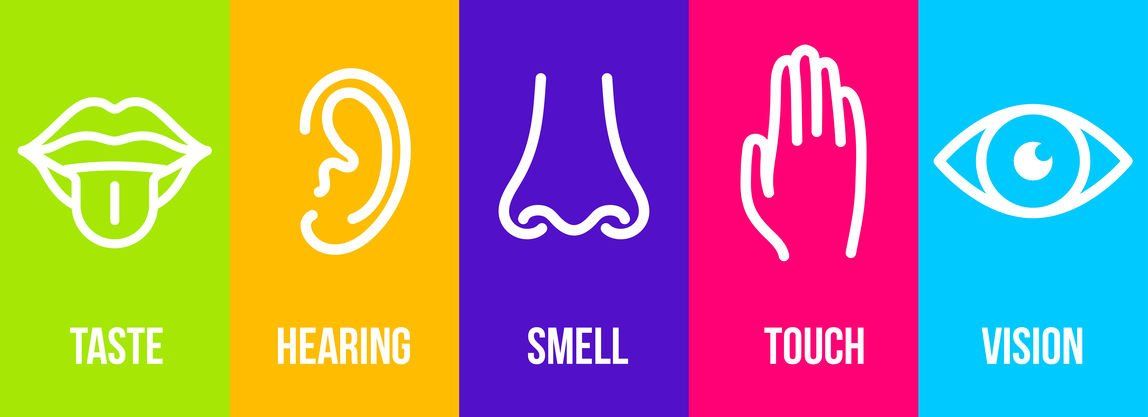Session 8 - Noting and labelling exercise
Reading notes for this session
In this session you are going to be introduced to the noting and labelling exercise.
So far you will have been creating an awareness of your anger triggers and you will have read about recognising STOP moments instead of following the moment on autopilot.
Your mindfulness practices have also been teaching you how to be curious of a present moment experience and stopping to be more mindful of those experiences.
The noting and labelling exercise is going to enhance your mindfulness practice to continue developing effective anger management.
Please read the following passage for more information -
noting and labelling.
Todays mindfulness exercise
The proceeding page introduced you to the concept of noting and labelling. This is a simple mindfulness exercise that has a lot of punch.
We all have constant streams of sensations, emotions, thoughts, and urges passing through our minds and bodies. If we’re not aware of them, we may act on them in unhealthy ways. Mindful labelling can help.
When we get lost on autopilot our thoughts run away, our feelings and emotions surge and we become aware of urges to react. When you become more aware of your autopilot moments, it would be helpful to raise that awareness with one word to take ‘the sting out of the tail’ of whatever you are experiencing. It also helps you to recognise what’s present for you without getting too involved.
For example: if you are aware of negative and worrying thoughts, tense feelings, being irritated or frustrated, feeling anxious, (the list is endless), you can simply label the experience which gives you the cue to take a step back and use the Mindfulness skills you are learning on this course.
The labelling exercise
The labelling exercise helps you to observe where your autopilot mind is at any given moment.
When practicing this exercise you are continuing the mindfulness practice of ‘what’s my experience right now’. If there isn’t a sensation, thought, urge or emotion that’s fine…there doesn’t have to be but if any one of these is present then label it and move your awareness to the breath.
Take 2 - 3 minuets for each practice session. Initially, try to find a place where you will not be disturbed. In previous days practice you learned about awakening your 5 senses of:
- Sight
- Smell
- Taste
- Hearing
- Touch
You will bring your awareness of these to this labelling exercise
You are will also bring with you the 4 label words of:
- Thought
- Sensation
- Urge
- Emotion
This is a formal mindfulness practice so schedule your practice time. It is suggested that you practice this exercise at least 4-6 times today just to get in to the practice and then as an informal practice thereafter.
This exercise automatically leads in to learning to label in everyday life so focused attention of this exercise will be so beneficial to you.
The Steps:
- Stop what you're doing
- Close your eyes if it safe to do so.
- Ground yourself in the moment with a short breath focus meditation.
- When you become aware of a thought, sensation, emotion or urge note its presence and label with one word.
Example: You become aware that your mind has drifted to what you need from he supermarket. Note this occurrence and use the label word, 'thought' or be a little more specific, 'shopping list' or 'drifted'.
You notice a tingling sensation in your shoulders. You note the tingling and use the label word, 'sensation' or be a little more specific, 'tingling in shoulders'.
- You may also become aware of something with your senses.
Example: You could become aware of someone talking. Without focusing on the words you hear, use the label word, 'sounds' or be a little more specific, 'people talking'.
You may become aware of a cooking aroma. Use the label word, 'smell'. You might be a little more specific with a label word such as , 'bacon'.
- When you have labelled what comes in to your awareness, bring the focus of your attention to the breath, not as a means to banish or dismiss what has come in to your awareness but as a means of keeping your awareness present in the moment and not running off on autopilot.
- When something new comes in to your awareness, use the above steps again.
The purpose of this exercise is to help you learn to be in the moment with whatever comes in to your awareness but step back from engaging with it.
By noting and labelling you are learning the mindfulness skill of acceptance without judgement - just allowing what's present to be there.
It is recommended that you practice this exercise as a formal practice as often as you can. Th outcomes will be worth their weight in gold later on.
- When you feel stressed, anxious, anger, panic or upset you will label your experience.
- When negative thoughts and interpretations come in to your awareness you'll label the thoughts.
- When you feel the urge for a behavioural response you'll label the thoughts.
When we label we give ourselves the opportunity to observe the experience - to call it out. The benefits here is that you have come off autopilot and are in full control to let the moment pass through.
This is the same as you will have experienced in your mindfulness practices during this course. You will have been guided that during your mindfulness sessions to recognise distraction just as a distraction and to simply bring your awareness back to your mindfulness practice.
We say that we should not fear or criticise distraction - if you get distracted a hundred times then you bring your awareness back to the present a hundred times.
Feel free to spend more than one day on the formal practice but do make sure that you create the opportunity to experience this extremely valuable exercise as an informal practice as often as it suits you - practice makes perfect!



